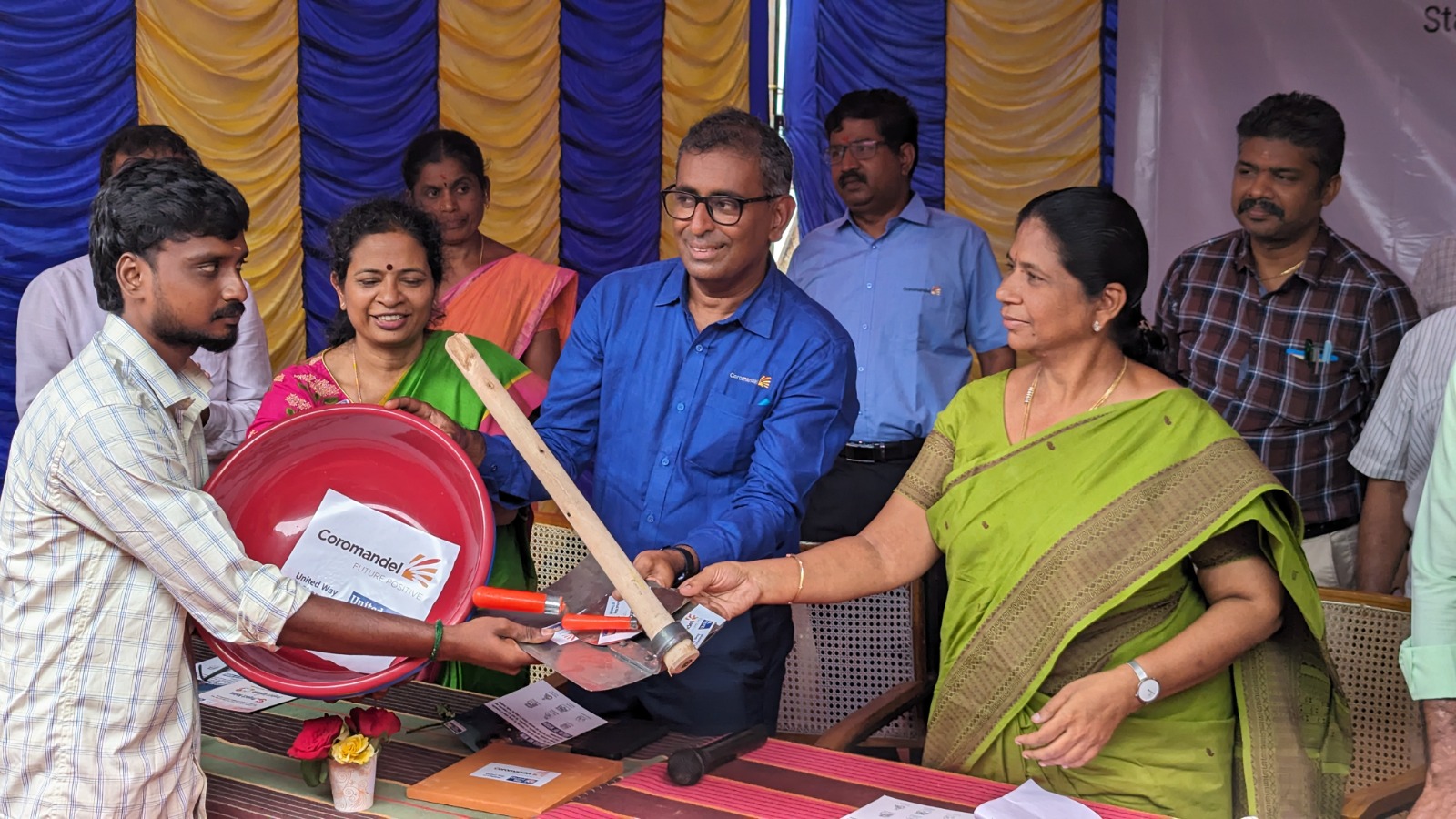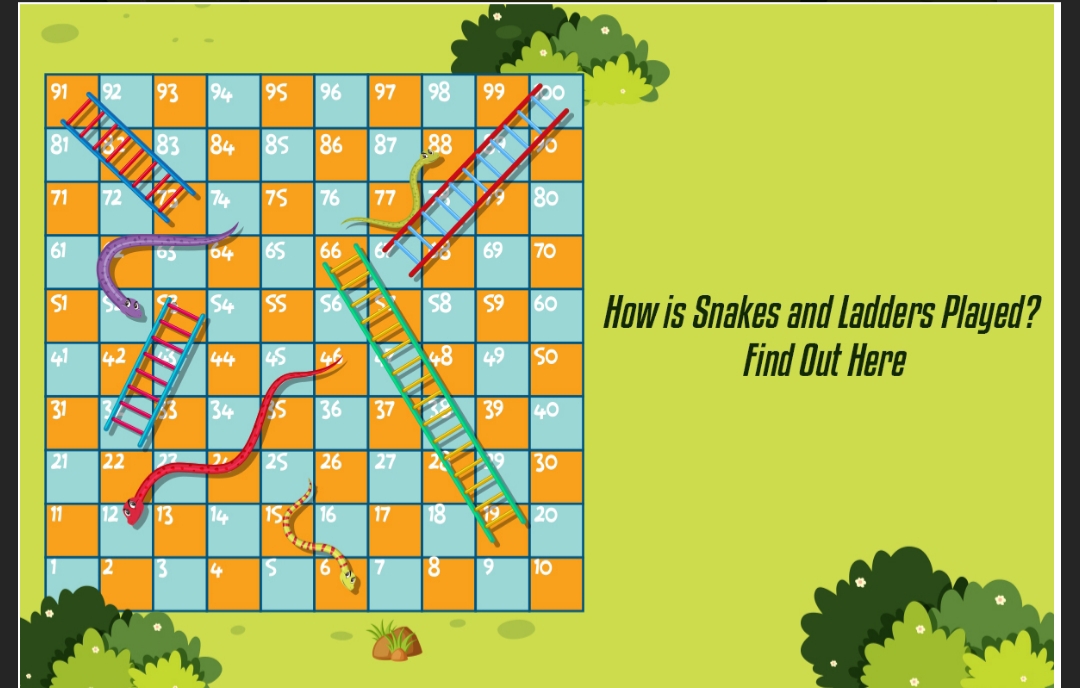Trending Now
- 830 voters names go missing in Kavundampalayam constituency
- If BJP comes to power we shall consider bringing back electoral bonds: Nirmala Sitaraman
- Monitoring at check posts between Kerala and TN intensified as bird flu gets virulent in Kerala
India News
Why is the transgender community protesting against the Transgender Persons Bill 2016? All that you need to know
![]() January 2, 2018
January 2, 2018
The controversial Transgender Persons (Protection of Rights) Bill, 2016, which was tabled in the Lok Sabha by Thaawarchand Gehlot, the Minister for Social Justice and Empowerment in August 2016, saw a lot of backlash. India’s transgender community with almost 4.8 million is disappointed and raging against a bill that they believe is only serving to undermine their right to life and livelihood. They are up against the draconian Transgender Persons (Protection of Rights) Bill 2016 violates the rights of transgender persons. And this rage has knocked the right doors, because it will be re-introduced in this winter session of Parliament.
Their demands are:
Hold widespread consultations with transgender community members from all gender identities and regional identities before bringing this bill before the Lok Sabha
Implement the key recommendations that will decriminalize the transgender community and provide equal penalties for violence against transgender people as for all people.
Uphold reservation and anti-discrimination policies that hold the key to liberating transgender people from the widespread barriers to employment and education we face.
In 2016, the Ministry of Social Justice brought forward a modified version of its bill on transgender persons. This version of the bill had some extremely draconian, violative and regressive provisions and was met with widespread resistance. The Central Government formed a Standing Committee to better understand the issues, which brought out a broadly progressive report in 2017, but also indicated the largely negative response of the Ministry of Social Justice to its own recommendations. Media reports have also indicated that the Ministry plans to disregard many key recommendations of the Standing Committee report, and the regressive 2016 Bill is set to be tabled in the winter session of the Parliament starting on 15 December.
The Transgender community strongly opposes this Bill’s efforts to snatch away the constitutional rights of trans persons and demand to formulate the bill with thorough consultation with the community!
“The Indian Census attempted to assess the number of transgender people while collecting census data for the first time in 2011, finding a total population of around 4.88 Lakh. However, these data are likely to be a severe underestimate, because many trans people might identify within the gender binary, while others who identify as transgender may not be able to openly communicate their transgender identity,” says In 70 years of independence, all governments and political parties have mostly ignored the existence and rights of trans persons, even though the most important responsibility of the State is towards those who have been historically marginalised.
The timeline of the legal fight for trans rights is as follows:
To claim rights of equality and justice guaranteed by the Constitution, with the National Legal Services Authority (NALSA) of India, some persons filed a writ petition in the Supreme Court.
In April 2014 the Supreme Court gave an unprecedented, revolutionary judgement in the case. The Court accepted that people should have the right to self-identify their own gender, and directed governments to grant legal recognition accordingly, although this was limited to the categories of man/woman/third gender. It specified that legal and constitutional rights were safeguarded for transgender people, identified us as a socially and educationally backward class, and directed the Government to ensure reservations in education and public appointments for transgender persons. The Court held the Government of India responsible for combating social stigma, creating public awareness and providing medical support, public facilities and welfare.
In December 2014, Rajya Sabha MP Tiruchi Siva proposed a Private Member’s Bill, which re-affirmed the NALSA provisions and was passed by the Rajya Sabha.
In 2015, the Ministry of Social Justice, Government of India, brought forth the draft of yet another Bill in the Lok Sabha, which largely did away with the progressive points of the NALSA verdict or the Private Member’s Bill.
In 2016, the Ministry of Social Justice brought forward the modified version of its bill which had several regressive provisions and to which the community brought out a strong critique. The Central Government formed a Standing Committee before which many members of the community testified, which came out in a report in 2017. Within that report the Committee indicated the largely negative response of the Ministry of Social Justice to its own recommendations, and media reports have corroborated this since then.
RECOMMENDATIONS
























